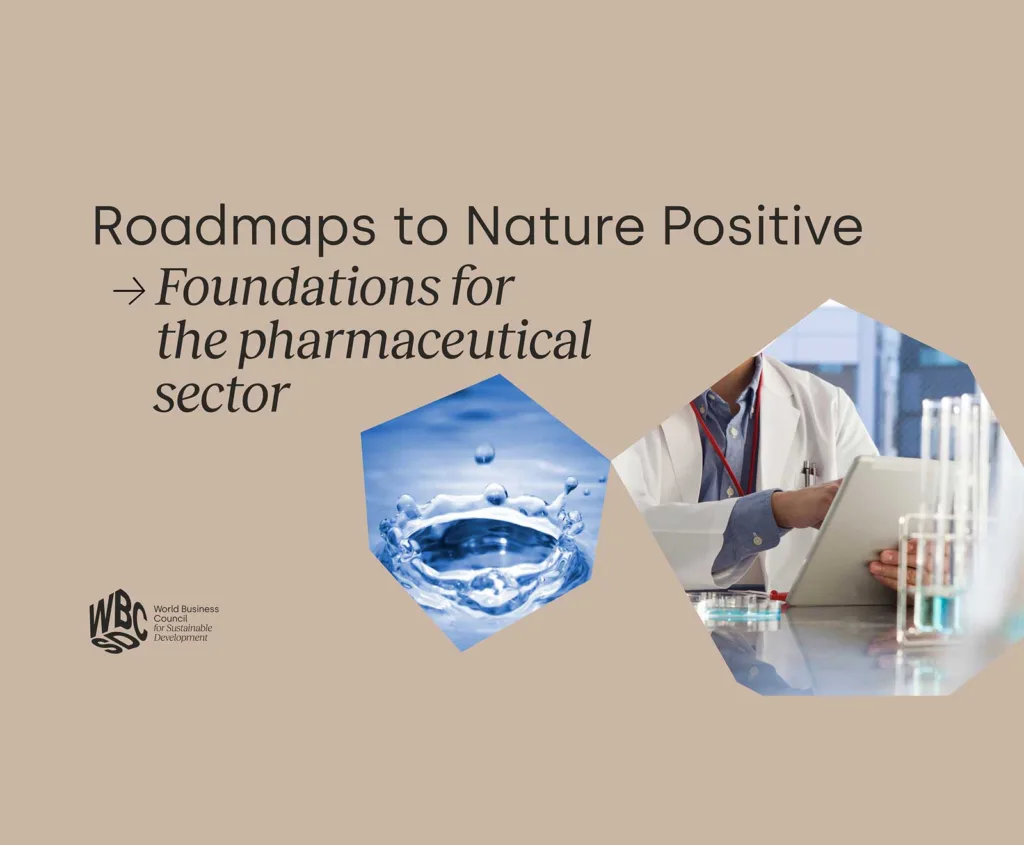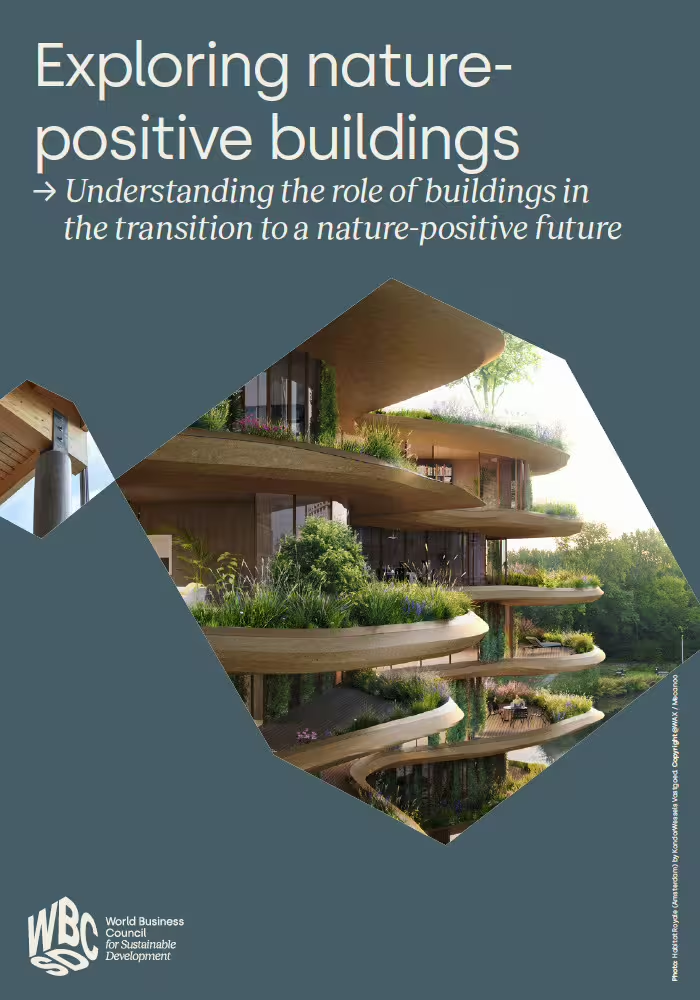Introduction
01
WBCSD’s Roadmaps to Nature Positive provide companies with comprehensive step-by-step “how to” guides for taking credible, impactful nature action.
Relevant for all businesses and across the full range of nature action maturity levels, the Roadmaps can be used to define and improve ambitious strategies, investments and transition plans aligned with nature positive.
By pro-actively managing nature-related risks, companies can prepare for incoming policy and regulatory requirements, identify priority actions to reduce negative impacts, and unlock opportunities across the value chain.
WBCSD has developed foundational guidance for all businesses, as well as additional Roadmaps for prioritized systems and related sectors/sub-sectors. In collaboration with 75 companies, initial Roadmaps have been produced for the agri-food system, forest products sector, pharmaceutical sector, built environment system, and energy system. Following the steps laid out in our Roadmaps will prepare companies for setting science-based targets for nature, reporting against the Taskforce for Nature-related Financial Disclosures (TNFD) v.1 recommendations, and taking priority actions in line with the post-2020 Global Biodiversity Framework and its societal goal of halting and reversing nature loss by 2030.
The challenge
02
Nature is the backbone of the world economy: all businesses depend on nature. Societies cannot survive, let alone thrive, without the essential functions that the natural world provides: clean air, water, food and a stable earth system to exist within.
The ongoing and accelerating destruction of nature and biodiversity is one of the greatest risks that humanity faces today. And it is already impacting business today. Industry value chains that are highly and moderately dependent on nature generate over half of global GDP; every industry has some degree of direct and indirect dependency on nature.
Approximately 90% of the pressures on nature can be attributed to three socio-economic systems. For that reason, in addition to general guidance for all businesses, WBCSD has prioritized the development of tailored guidance for the land use system (including agri-food system and forest products sector), built environment system (including infrastructure) and energy system.
The Business Case
03
Business has a unique opportunity to reshape its relationship with nature and embrace much-needed transformation.
Building on existing efforts and climate change strategies, companies need to adopt an integrated approach: avoiding and reducing their impacts on nature; restoring and regenerating the state of nature; and, transforming underlying systems to address the drivers of nature loss.
As well as needing to respond to increasingly immediate, business-critical, nature-related risks, companies are facing a rapidly evolving accountability system. Policymakers, regulators, investors, consumers and citizens are collectively stepping up calls for rapid change. Business must now contend with voluntary (such as SBTN, TNFD) and mandatory (CSRD) disclosure requirements, as well as shifts in the global policy landscape (GBF).
Integrated, concerted efforts to address material impacts and deliver positive impacts on nature, climate and people, will pave the way for enhanced resilience in both the business landscape and society at large.
The Solution
04
By pro-actively managing nature-related risks, companies can prepare for incoming policy and regulatory requirements, identify priority actions to reduce negative impacts, and unlock opportunities across the value chain.
WBCSD’s Roadmaps to Nature Positive have been developed through extensive engagement with 75 member companies, and over 50 partner organizations.
Following the “how to” guidance in the Roadmaps, companies will be able to:
- Conduct a robust value chain materiality screening;
- Identify priority actions to systematically avoid and reduce negative impacts;
- Determine the best restoration and regeneration approaches;
- Set related science-informed targets;
- Prepare for initial voluntary and required disclosures.

WBCSD and pharmaceutical companies release first sector Roadmap towards nature-positive action
27 March, 2025

Pharma companies mark a key milestone on their journey to nature positive
24 October, 2024

Harmonizing nature-related metrics for business
23 October, 2024

Roadmaps to Nature Positive: Foundations for the pharmaceutical sector
27 March, 2025

Exploring nature-positive buildings
24 October, 2024
Harmonizing the use of nature-related metrics by corporations
23 October, 2024